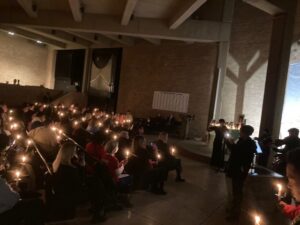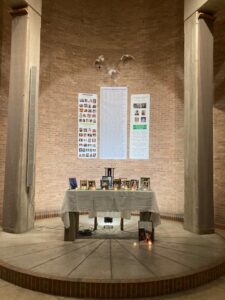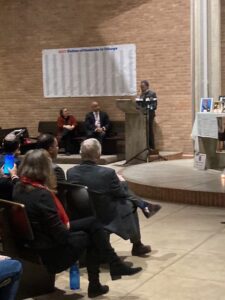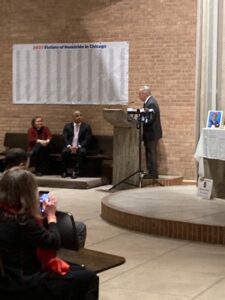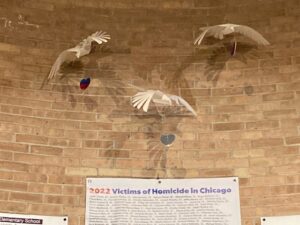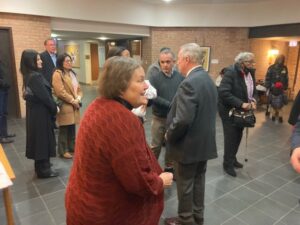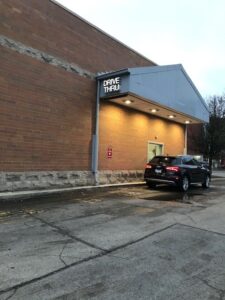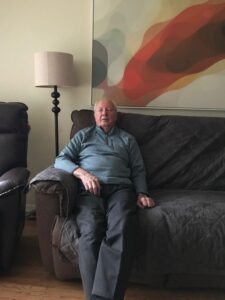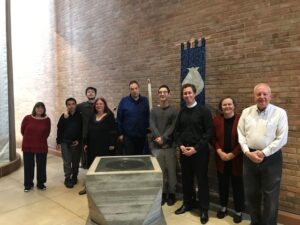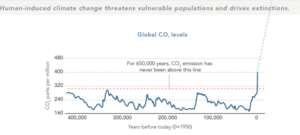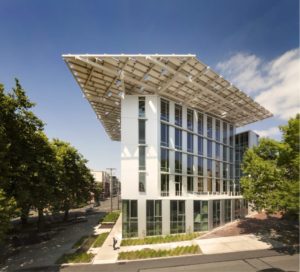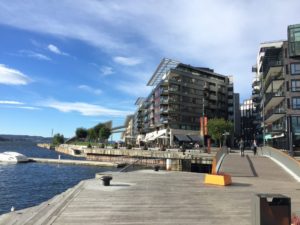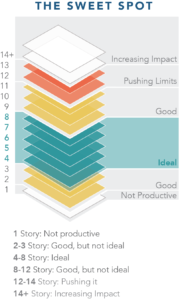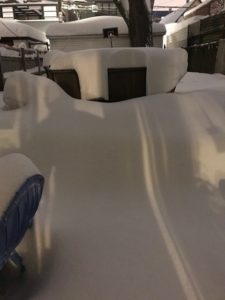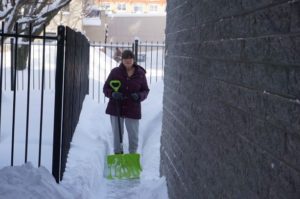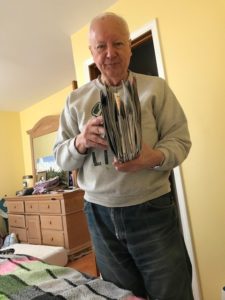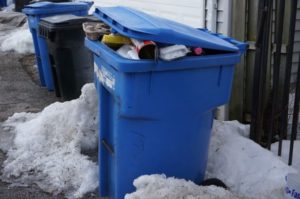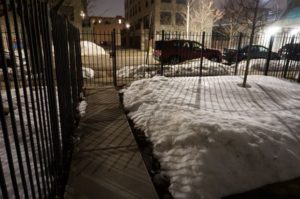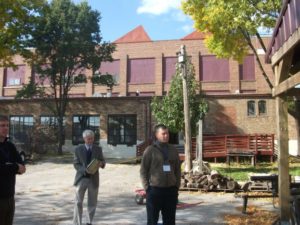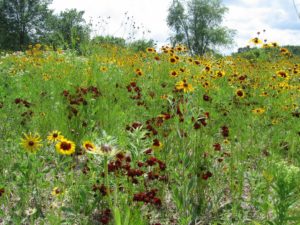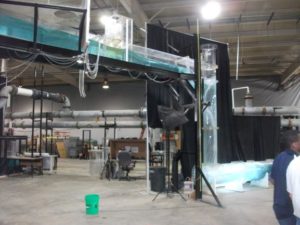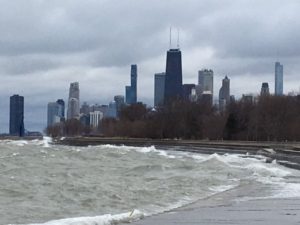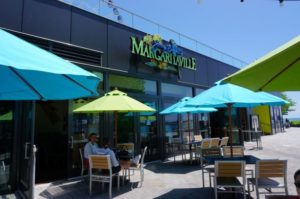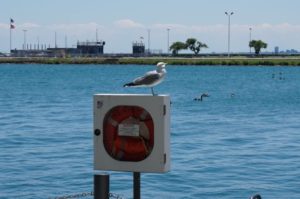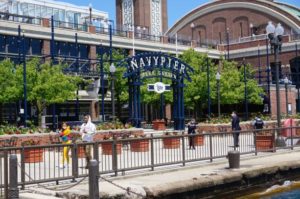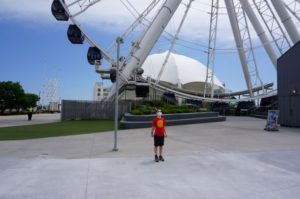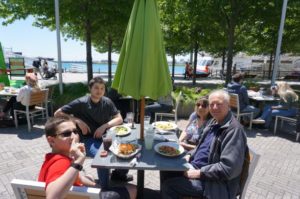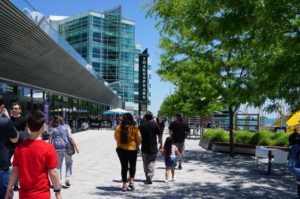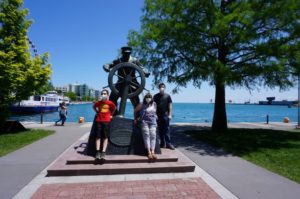I was lying half awake in bed at 4 a.m., unable to return completely to sleep after using the bathroom. My mind kept rolling over various competing obligations and necessities, and the thought hit me:
“You must catch up while slowing down.”
Frankly, that made about as much sense to me in the moment as it probably does to you upon reading it. One’s subconscious mind can shed strange light sometimes. The whole idea is as paradoxical as it is imperative. And yet, I mention it because I strongly suspect that many people can relate to it at some level.
We get caught in situations. Mine is partial explanation of why it has been weeks since I last posted on this blog, but that is a minor measure of the overall impact of a combined events and circumstances. As a professional urban planner, I can state flatly that life does not always follow our plans. It springs surprises and throws nasty curveballs.
Work piles up, even if much of it, in my case at the moment, is pro bono or volunteer work. The thought that I am sharing occurred last weekend, and I wrote the first four paragraphs above that morning. I got sidetracked until now, but there’s no better time to finish a blog post than now–I guess.
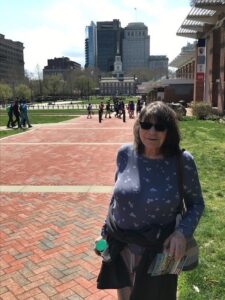
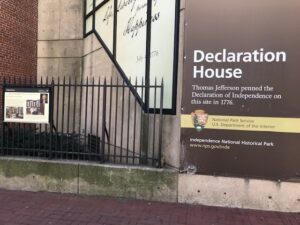 Let’s go back almost two months. On April Fool’s Day, aka April 1, I flew with my wife (Jean) and a teenage grandson (Alex) to Philadelphia to attend the American Planning Association’s National Planning Conference. This was important to me on several levels, including my role as immediate past chair of the APA Hazard Mitigation and Disaster Recovery Planning Division, which keeps me on the Executive Committee until the end of this year. Even then, I will still be involved, primarily in charge of a documentary film project, but I will save that topic for my next blog post. You can see the work piling up already. Being there allowed me to network with numerous people about numerous issues and projects and attend our division reception, where we announced a fundraising campaign to support the film project. Over breakfast, it gave one colleague from APA’s International Division an opportunity to recruit me for its Ukraine Rebuilding Action Group. But it was also a chance, during spring break for the Chicago Public Schools, to tour parts of a historic city with Alex and Jean.
Let’s go back almost two months. On April Fool’s Day, aka April 1, I flew with my wife (Jean) and a teenage grandson (Alex) to Philadelphia to attend the American Planning Association’s National Planning Conference. This was important to me on several levels, including my role as immediate past chair of the APA Hazard Mitigation and Disaster Recovery Planning Division, which keeps me on the Executive Committee until the end of this year. Even then, I will still be involved, primarily in charge of a documentary film project, but I will save that topic for my next blog post. You can see the work piling up already. Being there allowed me to network with numerous people about numerous issues and projects and attend our division reception, where we announced a fundraising campaign to support the film project. Over breakfast, it gave one colleague from APA’s International Division an opportunity to recruit me for its Ukraine Rebuilding Action Group. But it was also a chance, during spring break for the Chicago Public Schools, to tour parts of a historic city with Alex and Jean.
A much earlier request to speak at a conference in Georgia set me up to fly back to Chicago on April 4 to stay overnight and fly the very next day to Atlanta. The occasion was the Larry Larson Speaker Series of the ASFPM Foundation at Lake Lanier, attached to the annual conference of the Georgia Association of Floodplain Management. Our distinguished panel was addressing issues of disaster resilience from federal, state, nonprofit, and local planning perspectives.
Little did I know my own resilience was to be tested. Wicked weather sweeping through the Midwest and South that week created havoc. By the time I arrived at O’Hare International Airport, having neglected to check for cell phone text messages, I learned that my flight to Atlanta was canceled and no others were available that day. I needed to be at Lake Lanier by that evening, so I conferred with the event organizers. I had to cancel my flight and hotel room and ended up speaking the next morning by video connection, missing out on personal interactions but delivering my comments anyway. Perhaps my own most notable remark was that I no longer wanted to hear any local official say after a natural disaster that “no one could have foreseen” the event. If the event happened, I said, it was always within the realm of possibility. “What you’re telling me,” I said, “is that you may not have spent much time thinking about it beforehand.” Terri L. Turner, a long-time colleague and recently retired development services administrator for the city of Augusta, Georgia, told me later that there was a ripple of laughter in the audience after I said that. Floodplain managers too often know the truth of such assertions.
Within two weeks, I discovered that my personal resilience was to be challenged in more significant ways. By mid-April, I experienced a sudden problem on the bottom of my left foot that appeared to be some sort of lesion or blister. Not sure, the best move seemed to be a consultation with my primary care physician to see what he thought. That happened on April 19, but he was also uncertain and referred me to a podiatrist. However, the very next morning, I reported to Northwestern Memorial Hospital for a previously scheduled prostate biopsy, which produced its own complications over the weekend. I might have just waited those out restfully if I had not been scheduled as co-instructor for a week-long online, all-day FEMA class that week, which was largely an exhausting experience. In mid-week, I left right after class adjourned for a follow-up appointment with the urologist to learn the results of the biopsy, which were reassuring but will involve some further measures this summer.
I finally managed to see the podiatrist the following Monday. He determined a need to biopsy the growth, a decidedly painful and messy experience even with a local anesthetic. I went home with a bandaged foot that I needed to protect for several days until it healed. A week later, however, I learned that the growth was benign; surgery would still be beneficial though not urgent.
Somewhere, in between all this, my printer died. I bought a new one from Best Buy but asked that the Geek Squad do me the favor of installing it. After all, I bought it the day of the foot biopsy. Our aging electric mower also died, and I brought our 19-year-old college student grandson to Home Depot to help buy a new one. I let him assemble it and mow the yard. I’m fine with mowing now, but for a few days, it was decidedly not a good idea.
By now, the second week of May had arrived, and a number of commitments beyond the FEMA class were amassing a backlog of work for which I needed a rapid rise in stamina, which I have mostly managed to generate. Nonetheless, I wish I had more energy and more hours in the day. That does not even speak to family obligations as summer arrives and school ends, and I dream of a vacation while arranging to see doctors in August. I’ll figure it all out, but as I said, life throws curveballs. The value of being 73 is that one has presumably learned something about how to handle matters more efficiently and wisely. I am applying that wisdom to regain control over those pending tasks and establish priorities. I am learning how to catch up and slow down at the same time.
My next post, coming very soon, will share the biggest project currently on my plate. I hope you will find it as fascinating and exciting as I do. Resilience matters.
Jim Schwab
P.S.: While editing this piece for publication, I learned that a Sunday feature article in the Chicago Tribune, in which I was quoted, has appeared online here. The article discusses the impact of climate change on urban heat and social disparities in the city. In addition, the two links below provide methodology for the article and searchable maps:
Thanks to reporter Sara Macaraeg for alerting me to the article’s release.

